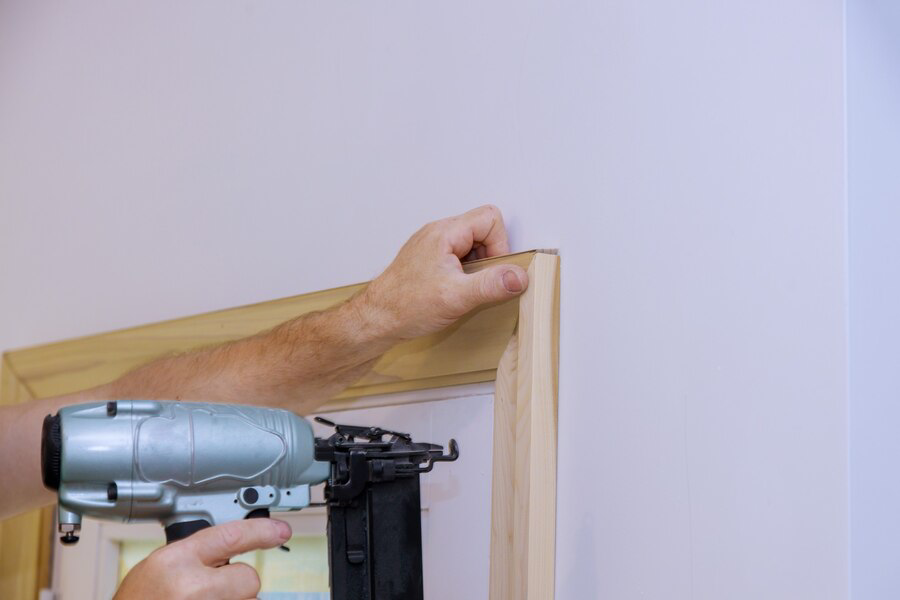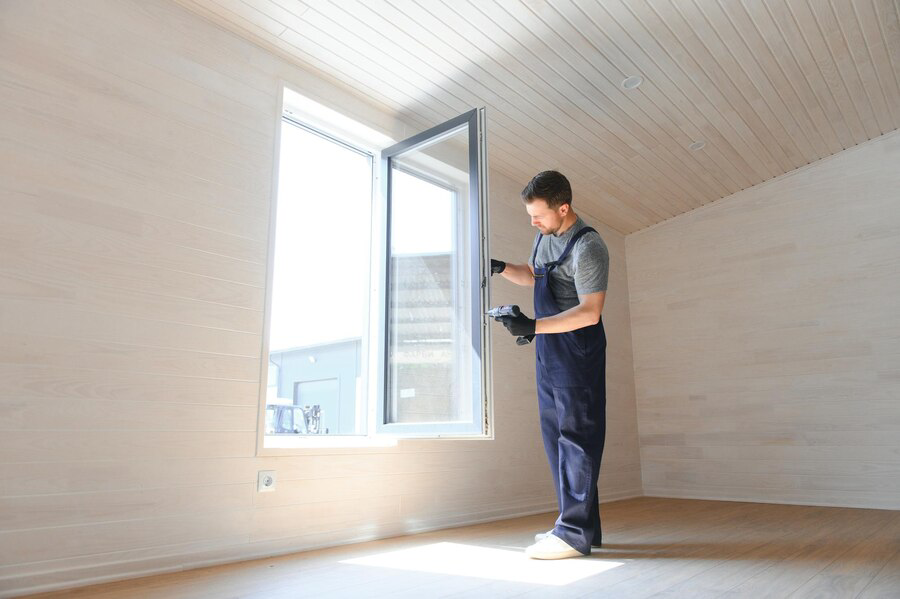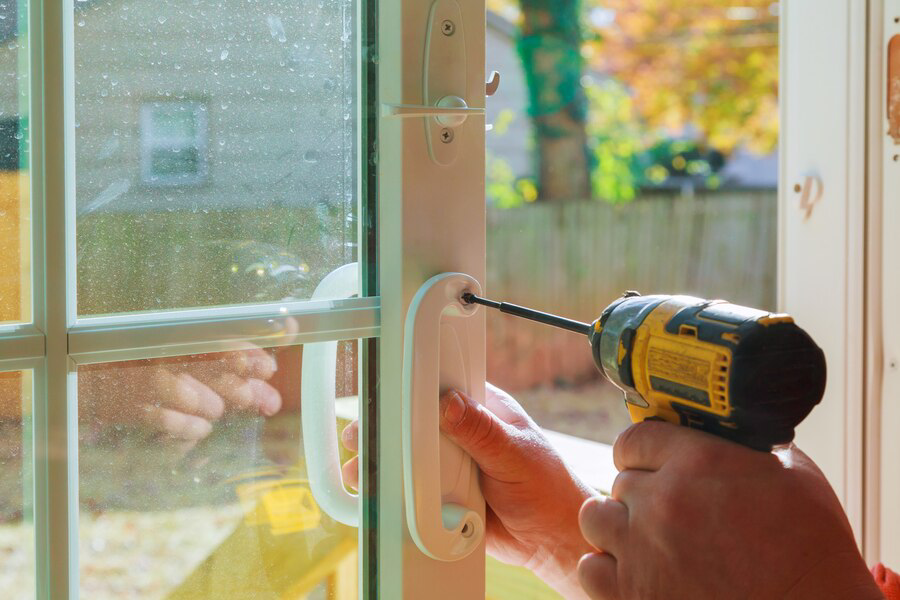
The Art of Custom Replacement Windows
Welcome to “The Art of Custom Replacement Windows,” where we delve into the world of transforming your living spaces with bespoke window solutions. Windows are not just functional; they are architectural features that define the character of a home. In this guide, we explore how custom replacement windows elevate both the aesthetics and functionality of your property. Custom replacement windows offer a myriad of benefits beyond mere aesthetics. From improved energy efficiency to enhanced security and increased property value, these tailored solutions cater to your specific needs and preferences. Join us as we uncover the craftsmanship and innovation behind custom replacement windows, guiding you through the process of selecting, designing, and installing windows that not only complement your home’s style but also reflect your individuality and taste.
Crafting Elegance: How Custom Replacement Windows Elevate Your Home
Your home is more than just a place to live—it’s a reflection of your unique style and personality. And when it comes to enhancing the beauty and functionality of your living space, few investments offer the transformative power of custom replacement windows. Crafted with precision and tailored to your exact specifications, these bespoke creations elevate your home to new heights of elegance and sophistication. In this blog post, we’ll explore how custom replacement windows can make a world of difference in the look and feel of your home, turning ordinary spaces into extraordinary showcases of craftsmanship and design.
Personalized Panes: The Art of Tailoring Windows
Custom replacement windows aren’t just about replacing old panes with new ones—they’re about bringing your vision to life. From selecting the perfect materials to choosing the right style and size, every aspect of your custom windows is personalized to suit your taste and preferences. Whether you prefer sleek modern lines or classic architectural details, custom windows allow you to create a look that is uniquely yours.
Elevating Aesthetics: The Beauty of Custom Window Designs
One of the most noticeable ways that custom replacement windows elevate your home is through their exquisite design. Unlike off-the-shelf options, custom windows can be tailored to complement the architectural style of your home, whether it’s a historic Victorian or a modern minimalist masterpiece. With endless design possibilities, you can choose features such as custom grilles, decorative glass, and unique shapes to add character and charm to your windows.
Perfect Fit: How Custom Windows Improve Energy Efficiency
Beyond their aesthetic appeal, custom replacement windows offer practical benefits that can improve the comfort and efficiency of your home. By ensuring a precise fit, custom windows eliminate drafts and air leaks, helping to maintain a consistent indoor temperature year-round. This not only enhances your comfort but also reduces your energy costs by minimizing the need for heating and cooling.

Natural Light and Views: Maximizing the Potential of Your Space
One of the greatest joys of custom replacement windows is the way they enhance natural light and views within your home. By strategically placing windows and choosing the right glazing options, you can maximize daylighting and create a sense of openness and connection to the outdoors. Whether you’re enjoying breakfast in the kitchen or unwinding in the living room, custom windows allow you to bask in the beauty of natural light and stunning vistas.
Unparalleled Craftsmanship: The Artistry Behind Custom Window
Manufacturing Crafting custom replacement windows is a labor of love that requires skill, precision, and attention to detail. From the initial design phase to the final installation, every step of the process is executed with care and expertise. Skilled craftsmen work tirelessly to ensure that your windows meet the highest standards of quality and craftsmanship, resulting in windows that are not only beautiful but also built to last a lifetime.
Personalized Panes: The Benefits of Choosing Custom Replacement Windows
When it comes to upgrading your home, the choices you make should reflect your individuality and preferences. Custom replacement windows offer a tailored solution that goes beyond mere functionality. They provide an opportunity to infuse your home with personality, style, and practicality. In this blog post, we’ll explore the myriad benefits of choosing custom replacement windows, from personalized design options to enhanced energy efficiency and everything in between. Discover why personalized panes are the perfect choice for homeowners who refuse to settle for anything less than perfection.
Tailored to Fit: Custom Windows for Every Space
One of the standout advantages of custom replacement windows is their ability to fit any space perfectly. Unlike standard sizes that may require costly modifications or compromise on aesthetics, custom windows are made to measure. Whether you have unique architectural features or unconventional window sizes, custom windows can be tailored to fit seamlessly, ensuring a cohesive look throughout your home.
Unlimited Design Options: Bring Your Vision to Life
With custom replacement windows, the design possibilities are virtually endless. From selecting the type of frame material to choosing decorative glass options, you have the freedom to personalize every aspect of your windows. Whether you prefer traditional styles like double-hung or casement windows or want to explore more contemporary options, custom windows allow you to bring your vision to life and create a look that is uniquely yours.
Energy Efficiency: Savings That Add Up Over Time
In addition to their aesthetic appeal, custom replacement windows offer practical benefits that can help you save money on your energy bills. By choosing energy-efficient materials and glazing options, custom windows can minimize heat loss in the winter and reduce heat gain in the summer, resulting in lower energy consumption and increased comfort year-round. With custom windows, you can enjoy a more energy-efficient home without sacrificing style or performance.
Enhanced Comfort: Say Goodbye to Drafts and Noise
One of the most noticeable benefits of choosing custom replacement windows is the improvement in comfort they provide. Unlike older, drafty windows, custom windows are designed to eliminate air leaks and reduce outside noise, creating a more comfortable and peaceful indoor environment. Whether you’re relaxing with a book or hosting a dinner party, custom windows allow you to enjoy your home to the fullest without distractions or discomfort.
Durability and Longevity: Invest in Quality That Lasts
When you choose custom replacement windows, you’re investing in quality craftsmanship and materials that are built to last. Unlike mass-produced windows that may wear out or deteriorate over time, custom windows are constructed with precision and attention to detail, ensuring durability and longevity for years to come. With proper care and maintenance, custom windows can withstand the elements and maintain their beauty and performance for decades.
The Future of Window Design: Innovation in Custom Replacement Windows
As technology advances and design trends evolve, the future of window design is brimming with possibilities. Custom replacement windows are at the forefront of this innovation, offering homeowners cutting-edge features and functionalities that redefine the way we think about windows. In this blog post, we’ll explore the exciting developments shaping the future of window design and how they’re revolutionizing the way we experience our living spaces.
- Smart Glass Technology: Imagine windows that can adjust their tint to control light and heat levels automatically. Smart glass technology is making this a reality, offering homeowners greater control over their indoor environment while maximizing energy efficiency.
- Modular Designs: Modular custom replacement windows allow for greater flexibility and customization, with interchangeable components that can be easily configured to suit different architectural styles and preferences.
- Sustainable Materials: With a growing emphasis on sustainability, the future of window design is turning towards eco-friendly materials such as recycled glass, low-emissivity coatings, and energy-efficient frames made from materials like aluminum or composite materials.
- Integrated Security Features: Custom replacement windows incorporate advanced security features such as biometric locks, impact-resistant glass, and remote monitoring systems to provide homeowners with peace of mind and protect against intruders.
Conclusion
The art of custom replacement windows is a testament to both functionality and aesthetics in home improvement. From enhancing energy efficiency to elevating the visual appeal of your living space, custom replacement windows offer a myriad of benefits. They not only provide practical solutions but also serve as a canvas for personal expression, allowing homeowners to tailor their windows to reflect their unique style and preferences.
At EZ Window Solutions of Strongsville, we understand the significance of finding the perfect windows to complement your home. With our expertise and commitment to quality craftsmanship, we are dedicated to helping you achieve your vision. Whether you’re seeking energy-efficient options or looking to enhance the architectural charm of your property, our team is here to assist you every step of the way. Contact us today at +14402303838 to discover how our custom replacement windows can transform your home into a sanctuary of beauty and functionality.



















Recent Comments